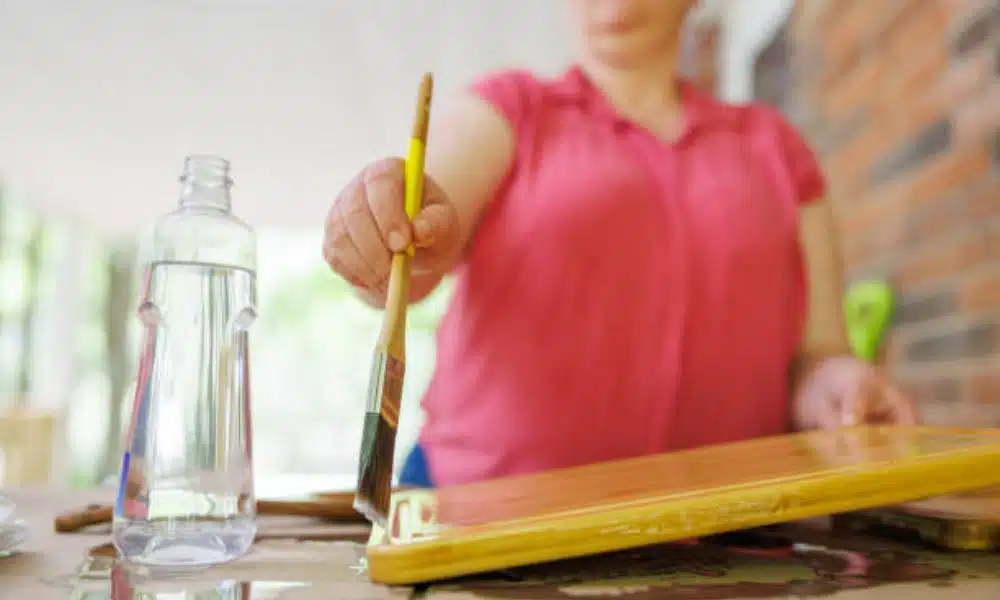There’s something deeply satisfying about prepping a brisket on a solid wood cutting board — the feel of the grain, the weight beneath your knife. Years ago, I bought my first board thinking it would last forever. Spoiler: it didn’t. I didn’t know it needed care. One of the first questions I had was: how many coats of mineral oil on a cutting board does it really need? Turns out, it’s not just about oil — it’s about respect. In this guide, I’ll walk you through everything I’ve learned so your board lasts as long as your best recipes.
Why Mineral Oil Is a Must for Wood Cutting Boards
Wood dries out. That’s a fact. Dry boards crack, split, and absorb things they shouldn’t. Meat juices, soap, and even water can seep in. That’s bad for worse for your food.
It stops that. It fills the pores of the wood. This keeps moisture out and makes cleanup easy. It also helps the board stay smooth and strong.
If you’re learning how to apply to surfaces, it’s easier than you think. Just use a clean cloth and food-grade oil. Rub it in. Let the wood soak it up. Done.
I learned this after ruining my first board. It dried out fast. It looked rough and felt brittle. I thought it was poor quality. It wasn’t. It just needed care.
How Many Coats of Mineral Oil on Cutting Board?
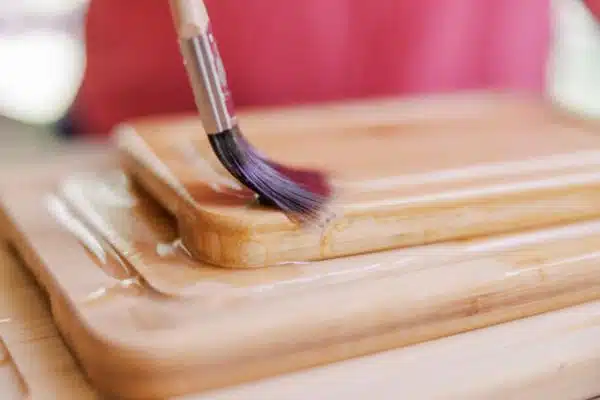
Here’s the short answer:
- New cutting boards need 3 to 4 coats. One each day. Let each coat soak in overnight.
- After that, 1 coat per month keeps it in great shape.
- Give extra care after heavy use, like cutting raw meat or brisket.
Not sure if needs oil? Try this:
- Sprinkle water on the surface.
- If it soaks in fast, the board is dry.
- If it beads up, you’re good to go.
How to Apply Mineral Oil to Cutting Board (Step-by-Step)
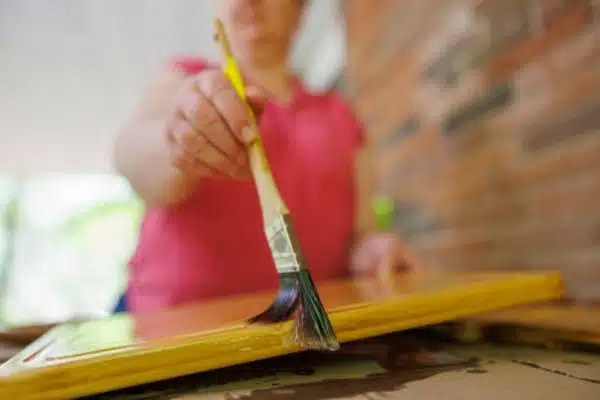
Knowing how to apply mineral oil to cutting surfaces is simple and fast. You don’t need fancy tools. Just a little time and care.
What You Need:
- Food-grade oil
- Clean, lint-free cloth or paper towel
- A flat space to work
- A few hours (or overnight)
Step-by-Step:
- Clean the board.
Wash it with mild soap and warm water. Dry it well. No moisture should remain. - Warm the oil slightly.
Room temperature is fine, but warming helps it sink in faster. - Rub oil in circles.
Use your cloth to spread the evenly. Cover the front, back, and sides. - Let it rest overnight.
Lay it flat or stand it on its side. Let the soak deep into the wood. - Repeat for dry boards.
New or thirsty boards may need a few coats. Add one each night. - Wipe off extra oil.
Next morning, take a dry cloth and buff off any still sitting on the surface. - Store it properly.
Keep them in a dry place, out of direct sunlight or heat.
Pro Tips from My Kitchen
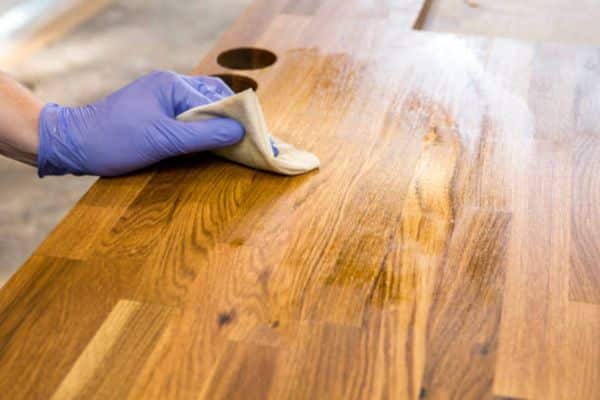
Over the years, I’ve learned a few tricks that make oiling faster, cleaner, and more effective. These tips come straight from trial, error, and a lot of chopped onions.
- Stand your board on its edge.
After oiling, this helps air reach all sides. It prevents puddles and lets the oil sink in evenly. - Never skip the underside.
Even if you don’t cut on it, the bottom still needs care. Uneven oiling can cause warping over time. - Warm oil works better.
It spreads smoother and soaks in deeper. Just warm it slightly—don’t boil it. - Use a wax finish for extra protection.
After the last coat of oil dries, rub on a mix and beeswax. This seals in moisture and gives a soft, satiny feel. - How to tell if you over-oiled?
Touch the board after 12 hours. If it still feels sticky or slick, you used too much. Just wipe it down with a clean cloth. No harm done.
Best Cutting Board for Brisket Lovers
Brisket is heavy, juicy, and rich. A soft or small board won’t do the job. You need a board that stays in place and keeps your knife sharp.
End-grain are best. The wood fibers stand upright. This helps the board resist cuts and protects your blade. It also lasts longer and looks great on the counter.
Edge-grain are solid too. But they show marks faster. They feel harder under the knife. They’re better for light prep than brisket carving.
Juice grooves help with messy meats. Brisket leaks. Grooves catch the liquid and save your counter from the mess.
Maple is strong and light in color. Walnut is darker and softer on knives. Both are great choices for meat lovers.
The best cutting board for brisket handles weight, holds juices, and protects blades. Pick a large board with grip, groove, and good wood. It makes slicing smoother and cleanup faster.
Common Mistakes to Avoid
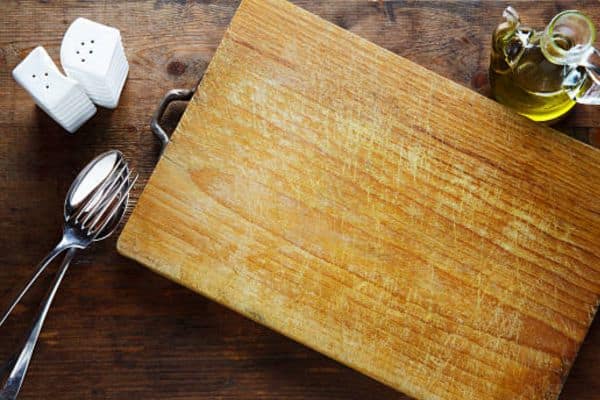
Using the wrong oil
Olive oil, vegetable oil, or nut go bad. They turn sticky and smell over time. Always use food-grade. It’s clean, safe, and won’t spoil.
Not oiling often enough
Dry wood cracks. It also soaks up food and water. Monthly oiling keeps the board sealed and smooth.
Storing it in wet spots
Keep away from sinks or steamy counters. Moisture can warp the wood and cause mould.
Oiling a dirty board
Oil locks in whatever is on the surface. Dirt, stains, or water can get trapped. Always clean and dry the board first.
Avoiding these habits will protect and keep it looking its best.
Final Thoughts
A wood cutting board is more than just a surface. It’s part of your kitchen. A little care goes a long way. Clean it well. Keep it dry. Oil it often. That’s the simple routine that keeps your board strong, smooth, and safe. Stay away from the wrong oils. Don’t skip the underside. Respect the wood, and it’ll serve you for years.


